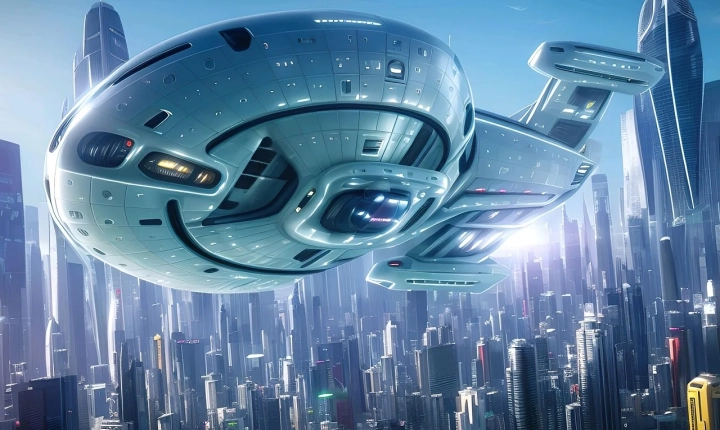Title: The Easy Guide to Converting AI to JPG in 2018
In the world of digital design and graphics, the need to convert file formats is a common task. Whether you’re working on a project for print or web, or simply need to share your design with others, it’s essential to know how to effectively convert file types. One frequent conversion that designers encounter is the need to change from Adobe Illustrator (AI) to JPEG (JPG) format.
In 2018, there are several methods and tools available to facilitate the process of converting AI to JPG. Let’s explore some convenient and efficient ways to achieve this conversion.
Using Adobe Illustrator
If you have access to Adobe Illustrator, the process of converting an AI file to JPG is straightforward. Here’s a step-by-step guide:
1. Open the AI file in Adobe Illustrator.
2. Navigate to “File” and select “Export” from the dropdown menu.
3. Choose “JPEG” as the file format.
4. Adjust the settings as per your requirements, such as image quality and resolution.
5. Click “Export” and choose the destination to save your JPG file.
Utilizing Online Converters
There are numerous online tools available that offer the ability to convert AI files to JPG. Websites like Zamzar, OnlineConvertFree, and Convertio allow users to upload their AI files and convert them to JPG format without needing to install any software. Simply visit the website, upload your AI file, select JPG as the output format, and then download the converted file to your computer.
Using Graphic Design Software
Beyond Adobe Illustrator, many graphic design software applications are capable of converting AI files to JPG. Programs such as CorelDRAW, Affinity Designer, and Inkscape provide options to export files in various formats, including JPG. If you’re already using these software packages for your design work, check their respective documentation or support resources for guidance on exporting AI files to JPG.
Considerations for Quality and Compression
When converting AI to JPG, it’s important to consider the quality and compression settings. AI files are typically vector-based, while JPG files are raster-based, which means they handle details and color gradients differently. Pay attention to the settings offered by the conversion method you choose, as they can impact the final quality of your JPG image. For instance, adjusting the compression level can affect the image’s file size and visual quality.
Final Thoughts
Converting AI to JPG in 2018 is a seamless process thanks to the availability of various tools and software options. Whether you prefer to use Adobe Illustrator, online converters, or graphic design programs, the key is to choose a method that suits your workflow and maintains the quality of your designs. Always consider the specific requirements of your project, such as image resolution and file size, when performing the conversion.
With the right approach and tools at your disposal, you can easily transition from AI to JPG, ensuring that your design files are compatible with different platforms and ready for sharing or publishing. Keep this guide in mind to simplify the process of converting AI to JPG and elevate your digital design workflow in 2018.
